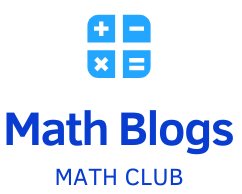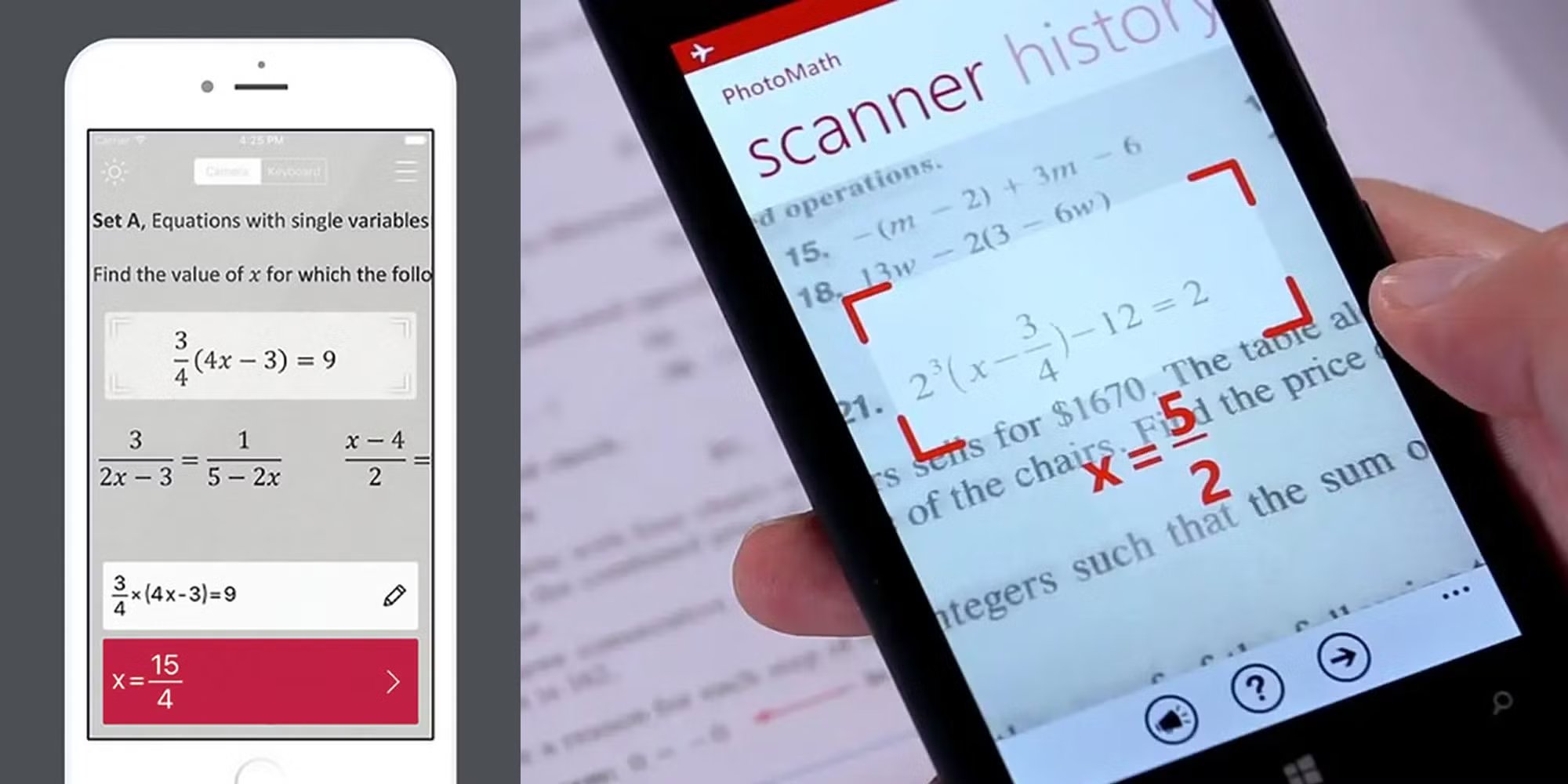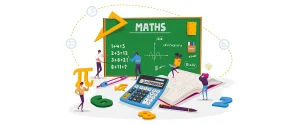In today’s digital education era, apps and software are indispensable tools for learning and understanding difficult math topics. Technology provides the most support for geometry and trigonometry, despite their reputation as visually and mathematically difficult subjects to understand. Today, interactive software and apps offer dynamic visualizations, step-by-step problem solving, and personalized learning experiences. These tools make learning geometry and trigonometry easier and more enjoyable for students, teachers, and even industry professionals.
Use Interactive Tools to Explore Geometry
One of the great things about apps and tools is that they can help you solve math problems. For example, to learn geometry well, you need to know a lot about shapes, angles, and how things fit together in space. Traditional teaching methods focus on static images, which can make some things harder to understand. Geometry-focused apps like GeoGebra change this by letting users build and morph geometric shapes in a fun way. These tools help students see how changing one factor affects the entire shape, giving them a better understanding of how shapes work.
Make trigonometry easier with numerical solutions
These technological advances also benefit trigonometry, which is based on angles, shapes, and periodic functions. Trigonometric equations can be solved step-by-step with apps like Wolfram Alpha and Mathway, making it easy for students to follow along and understand how numbers work. These tools also allow you to graph sine, cosine, and tangent functions. These graphs make it easy to visualize periodic behavior and help users understand the practical applications of trigonometry in fields like physics and engineering.
Accommodate different learning styles and levels
Modern apps and software are also great because they can be adapted to different learning styles and levels. Tools like Khan Academy offer complete courses and practice questions for beginners to help them master the basics. For more advanced students, software programs like MATLAB or Desmos provide a stable method for solving difficult geometry and trigonometry problems. Users can try out mathematical models on these platforms, which helps them solve problems and perform analysis.
Empowering teachers to use technology to play a bigger role
Teachers can use tools from mathematics and trigonometry to teach. Creating lesson plans is more fun and active when you use tools like Sketchpad and Cabri Geometry. Teachers can create visualizations and tasks that are specific to their students and courses. This keeps students interested and motivated. In addition, many apps have features that allow teachers to track the growth of students and groups and adjust instruction accordingly.
Encourage students to collaborate
Another great thing about these tools is that they make collaboration easier. Students can work together online on geometry and mathematics problems, even if they are not in the same room at the same time. Some apps, like Microsoft Math Solver and Photomath, have sharing and conversation boards that allow people to solve problems together. This collaboration not only helps people understand each other better, it also teaches them important skills, such as how to communicate and collaborate with others.
Professional use of geometry and trigonometry software
Specialized software has also changed the way mathematics and trigonometry are used in the workplace. Architects and engineers use programs such as AutoCAD and SolidWorks to plan and study buildings using geometric concepts. These applications allow users to create precise mathematical calculations and 3D models, allowing their projects to be completed quickly and accurately. Similarly, software such as Mathematica is used to solve mathematical problems and create models of what will happen in the real world.
Use technology to make things more accessible
These apps and tools make education more accessible to everyone. Students who live in remote areas or do not have access to standard resources can now use free or low-cost online resources to learn geometry and trigonometry. Platforms such as Brilliant and Coursera make high-quality courses and activities accessible to everyone.
Next Steps in Teaching Geometry and Trigonometry
Technology will certainly play a role in teaching geometry and mathematics in the future. As software and apps continue to improve, they can incorporate more advanced features such as virtual reality and artificial intelligence. AI-based tools can personalize learning, while VR applications can provide immersive spaces to study geometric and trigonometric ideas in 3D. These improvements should make mathematics lessons more interesting, engaging, and understandable for students of all ages.
In Summary
In summary, the best apps and tools for geometry and mathematics are interactive, flexible, and easy to use. These tools are useful for a wide range of people, from beginners learning the basics to experts solving difficult problems. Using technology to teach geometry and trigonometry opens up new opportunities for exploration, sparks new ideas, and improves mathematical performance for students and teachers.




